They share a name but each sits at the polar ends of the population ledger. Fiat's unbridled sales success, the Panda, has passed 6.4 million sales in 33 years while only about 2000 Panda bears are dotted through a small area in central China. It's the fact the bear is cute that Fiat hopes to inherit - and capitalise on - in its debut into Australia's burgeoning baby-SUV market.
The four-door Panda wagon is only 4m long and follows the Holden Trax, Peugeot 2008 and Nissan Juke. It also precedes similar examples including the Ford EcoSport, here later this year, and Renault Captur.
Small SUVs are the latest craze to hit congested city streets but if you think it's a new trend, consider that they are simply car-based wagons similar to the original 1980s and 1990s batch of the original Holden Cruze, Suzuki Ignis, Daihatsu Terios, Mitsubishi Pajero iO and Honda HR-V.
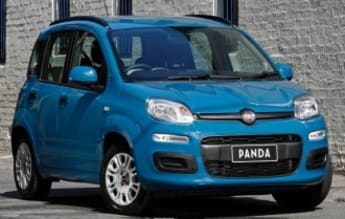
Fiat says it knows the market, even though this is its first play in Australia with this product. The Panda has been on the market for 33 years yet this is only its third incarnation and its appearance here brings to seven the number of Fiat-badged products.
Value
Following on from the cut-throat $16,000-plus Punto pricing and the $14,000 start-up for the 500, Fiat lobs the four-door Panda SUV from $16,500 drive-away in its entry-level Pop guise. That's $5000 under its nearest rival and though the kit list is thin and the look is austere, it's so cheap and practical it's probably poised for cult status.
Pop gets four-speaker audio with Fiat's Blue&Me connectivity, four speakers, black door handles and mirror casings, five-speed manual gearbox, 14-inch steel wheels, six airbags but misses out on rear park sensors, a stop-start fuel saver and roof rails.
One up is the $19,000 Easy which adds these three things absent on Pop, plus six-speaker sound, and moves from the latter's breathless 1.2-litre engine to Fiat's clever two-cylinder TwinAir (with more power) and has a five-speed clutchless manual (okay, automatic) option for $1500.
The $22,500 auto-only Lounge has the TwinAir engine, automatic aircon, gloss-black dash trim, electric side mirrors, 15-inch alloys and low-speed collision avoidance. The $24,000 Trekking comes only as a manual with the sole diesel-engine offering, adds body side mouldings heated seats and off-bitumen traction control. Premium paint costs $500 across the range. No capped-price service program and no resale values yet.
Design
It is in concept almost identical to the previous model, which Australians haven't seen on our shores. Fiat has deliberately kept to the original formula with this third generation Panda wearing similar looks and retaining the box parameters that invites efficient cabin space. But it's less angular that before, with rounded windows and soft panel contours.
Fiat calls this “squircle’’ – rounded square – and uses it in everything from the steering wheel to switches, gauges, windows and so on. Despite its ice-block design, it has slippery aerodynamics of 0.32 cd - not long ago a benchmark for a top-end sedan and better than the Ferrari 458 (though Ferrari deliberately retains some drag to enhance ground-sucking handling).
Panda stows items up to 2m in length and space of 225 litres (seat up) to 870 litres. Compare that to Trax at 356/785 litres, 2008 at 360/1172 and Skoda Yeti at 310/1665 - all bigger wagons by 200mm-plus - and it shows good space efficiency. But Fiat could have made the rear seat fold more efficiently.
It would be better with a tumble-fold design to keep the cargo floor flat. Dash design is a bit left of centre but suits the wagonette's character - big square-holed instrument binnacle and similar-shapes for dash switches.
There's lots of personal storage areas including a gaping dash hole ahead of the passenger (Pop model only) to supplement a conventional glovebox. The steering wheel gets audio switches while the Trekking gets a high-mount centre console and a thicker-rimmed wheel. Fiat is as adventurous with its primary paint colours as it is with cabin trim, many with coloured dash trim similar to Volkwagen's Beetle.
Technology
There's no AWD system - despite the pretence of the Trekking model - for Australia yet. So we get the front-drive with three engine choices - 51kW/102Nm 1.2-litre four, a relative of the Punto's 1.4-litre, for 5.2L/100km and 120g/km CO2; 55kW/190Nm 1.3-litre turbo-diesel for 4.2L/100km and 109g/km (Trekking and manual only); and the sweet 63kW/145Nm 0.9-litre turbo-petrol twin with 4.2L/100km and from 95g/km.
Transmissions are five-speed manual or robotised automatic. New Panda gets an upgraded strut-beam suspension system for better ride quality and noise deadening and electric-assist steering with a driver-controlled "city" function for lighter feel for confined areas. Brakes are disc/drum. The Microsoft Windows-based Blue&Me media unit has voice control and iPod/USB connectivity.
Safety
Panda has a four-star rating from the previous model but is in line for five stars. But it’s yet to be tested to confirm that. The six airbags and electronic stability and traction control and brake assist are additions to the four-star rated predecessor.
There’s more: Upmarket Lounge gets Low Speed Collision Mitigation with auto braking and Prefill pre-emptive braking thanks to windscreen-mounted laser sensors. Pop is the only model to miss out on rear park sensors. All have space-saver spare wheels.
Driving
Petite Panda takes a ot of its diving manners from the 500 and then enhances them. The high seat position and squircle shape makes driving and parking the car a breeze. Cabin space is a bit cramped though four adults will fit. The electric assist steering has its “city’’ setting that makes steering even lighter - tested repeatedly with a smile this week at a multi-story city carpark.
The 1.2-litre base-engine Pop with its manual gearbox is a delight - far more responsive than the Punto 1.4 - while the TwinAir two-cylinder option is quicker. Most buyers will settle for the 1.2-litre petrol and be happy.
The manual box is a delight and the auto is the same but, thanks to its electronic clutch, has a bit of a gap between upshifts. The TwinAir is a buzz – literally – with an eager power and torque delivery and an abiliy to rev that will catch you out.
In a quick trip through the hills north of Melbourne this week, I was constantly watching the tacho climb beyond 6000rpm and only a buzzing sound to remind me to upshift. Plenty of power, too. It averaged 7.4 L/100km on this route.
The diesel, on a back-to-back drive, posted 5.4 L/100km and was just as quick. Again, the power and torque surprised for a 1.3-litre oiler. The diesel was in the Trekking (the only Panda available with a diesel) and Fiat claims its extra 50mm height benefits occupants wanting a high hip point.
But it rolls a bit more eagerly through the bends than the standard-height Panda models. I’d recommend any model and suggest the manual gearbox to save on purchase price. The Panda is a car that will make people buy the base model, with a manual gearbox, and be more than happy. And that’s a big change from our auto-only mentality in Australia.
Fiat Panda 2013: Easy
| Engine Type | Turbo 2, 0.9L |
|---|---|
| Fuel Type | Premium Unleaded Petrol |
| Fuel Efficiency | 4.2L/100km (combined) |
| Seating | 5 |
| Price From | $5,610 - $7,920 |
Verdict
An awful lot of fun with city-bred practicaility. A cult in the making and high on my to-buy list.





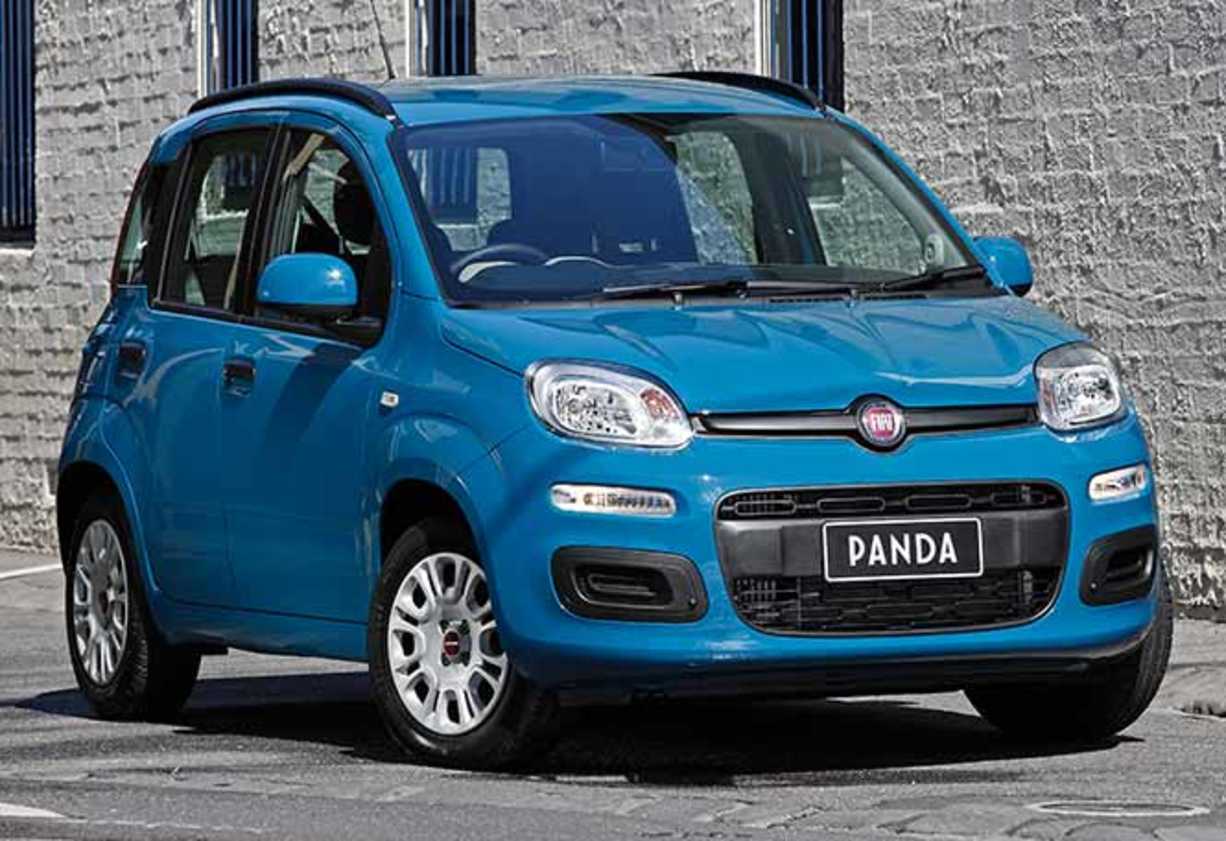
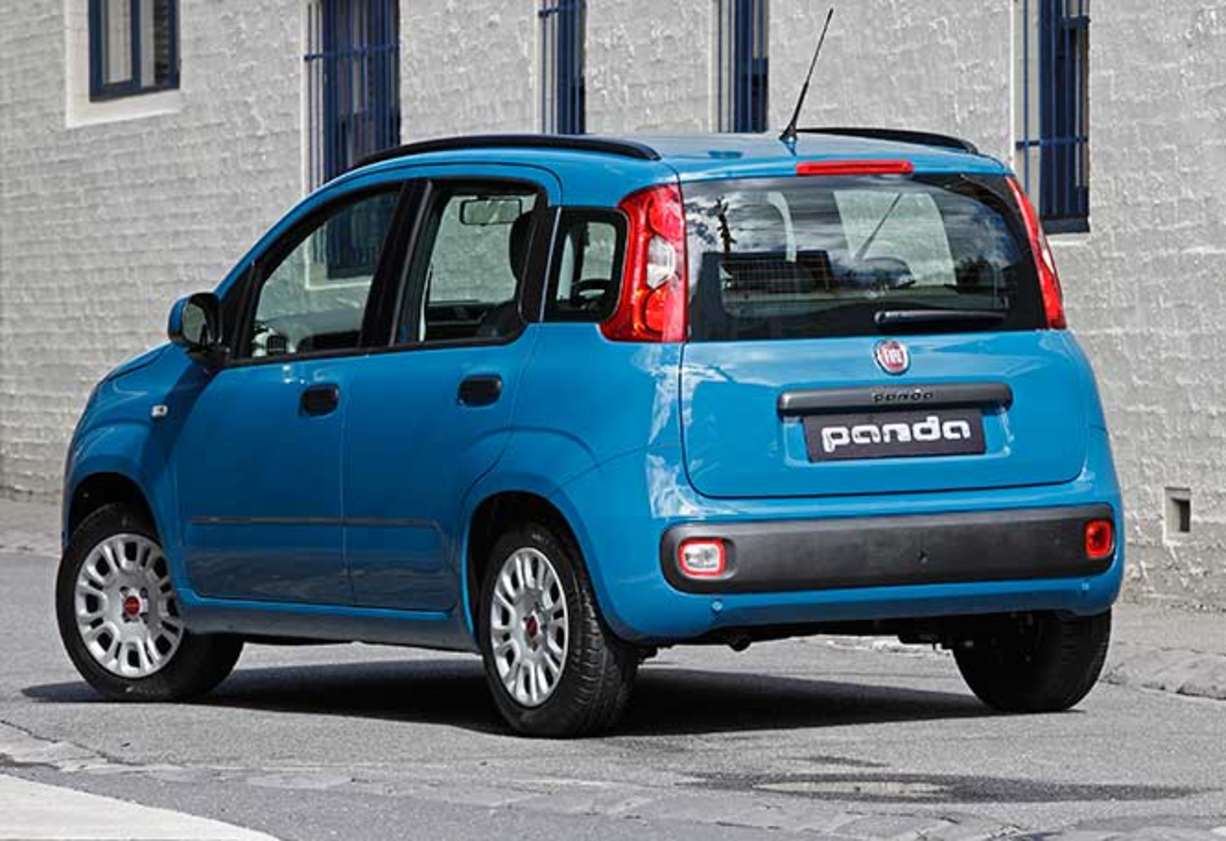
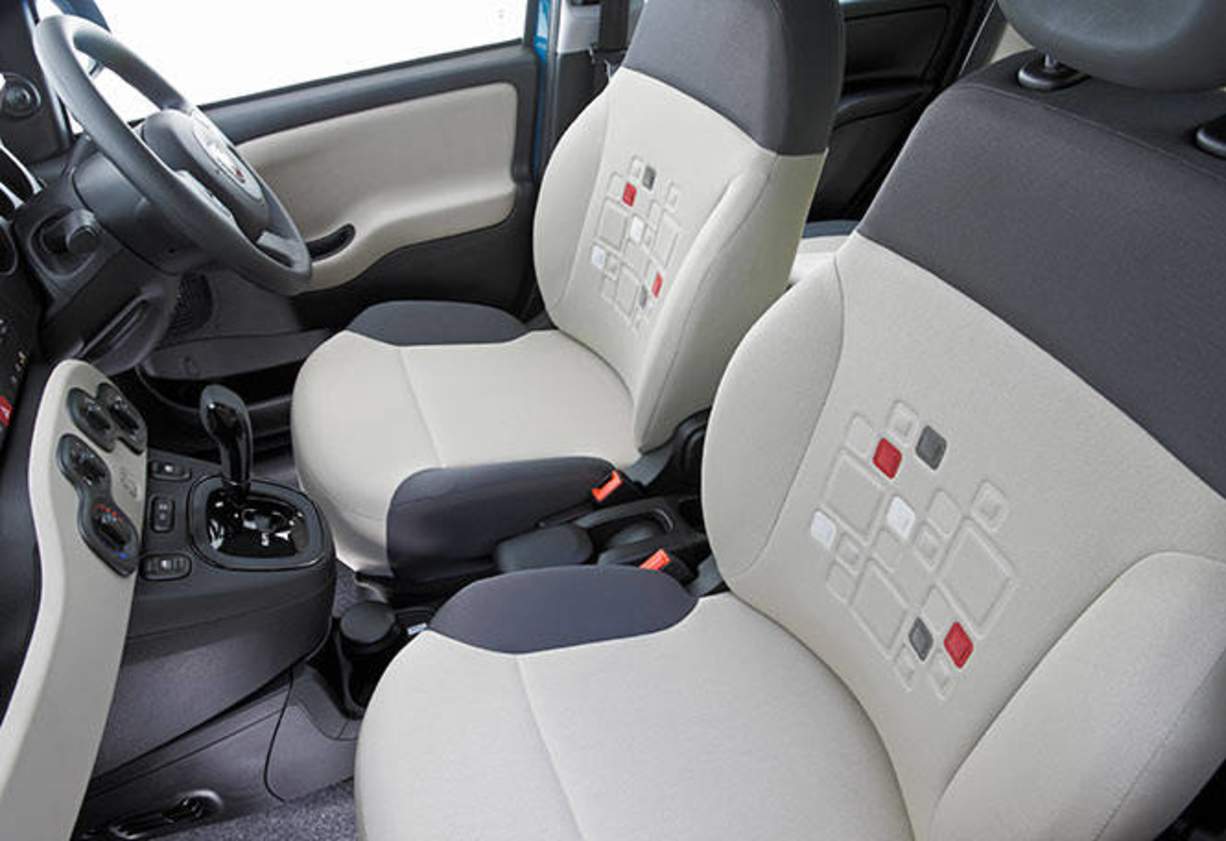
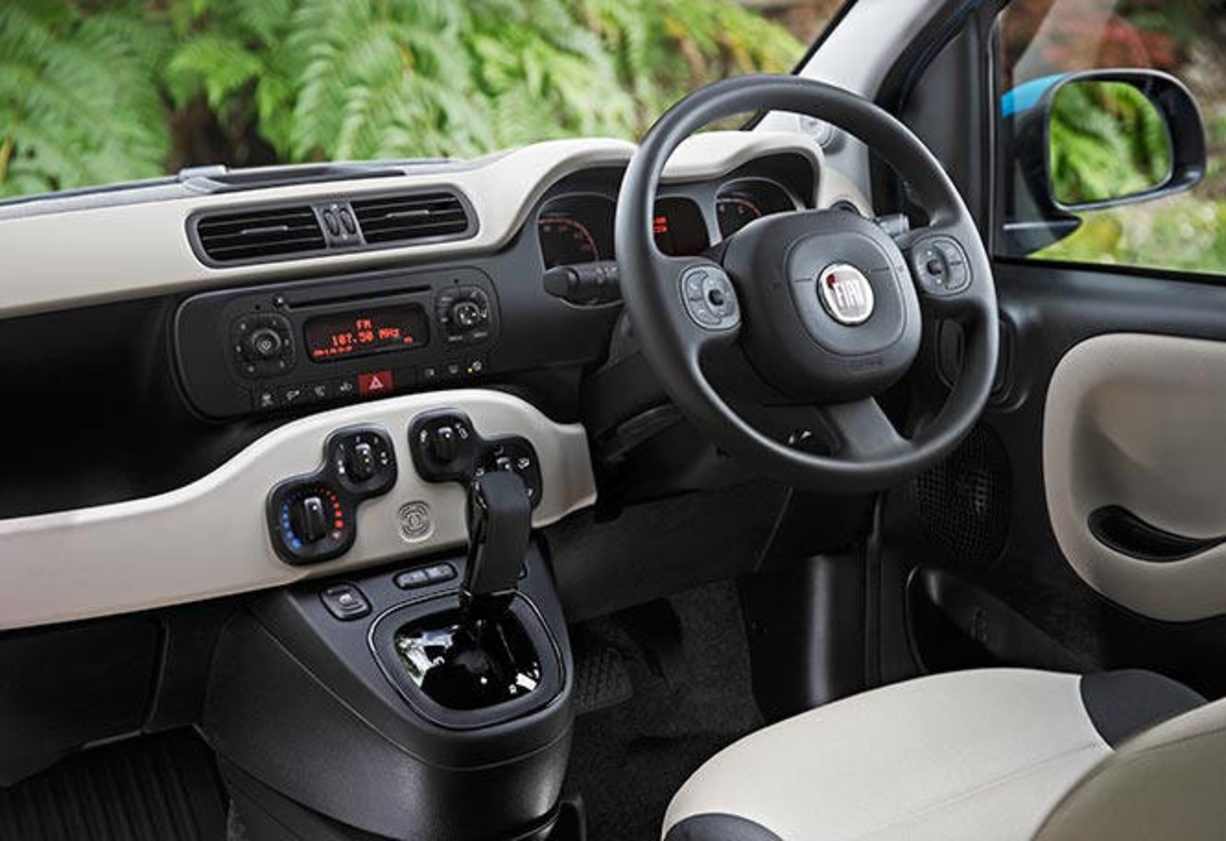
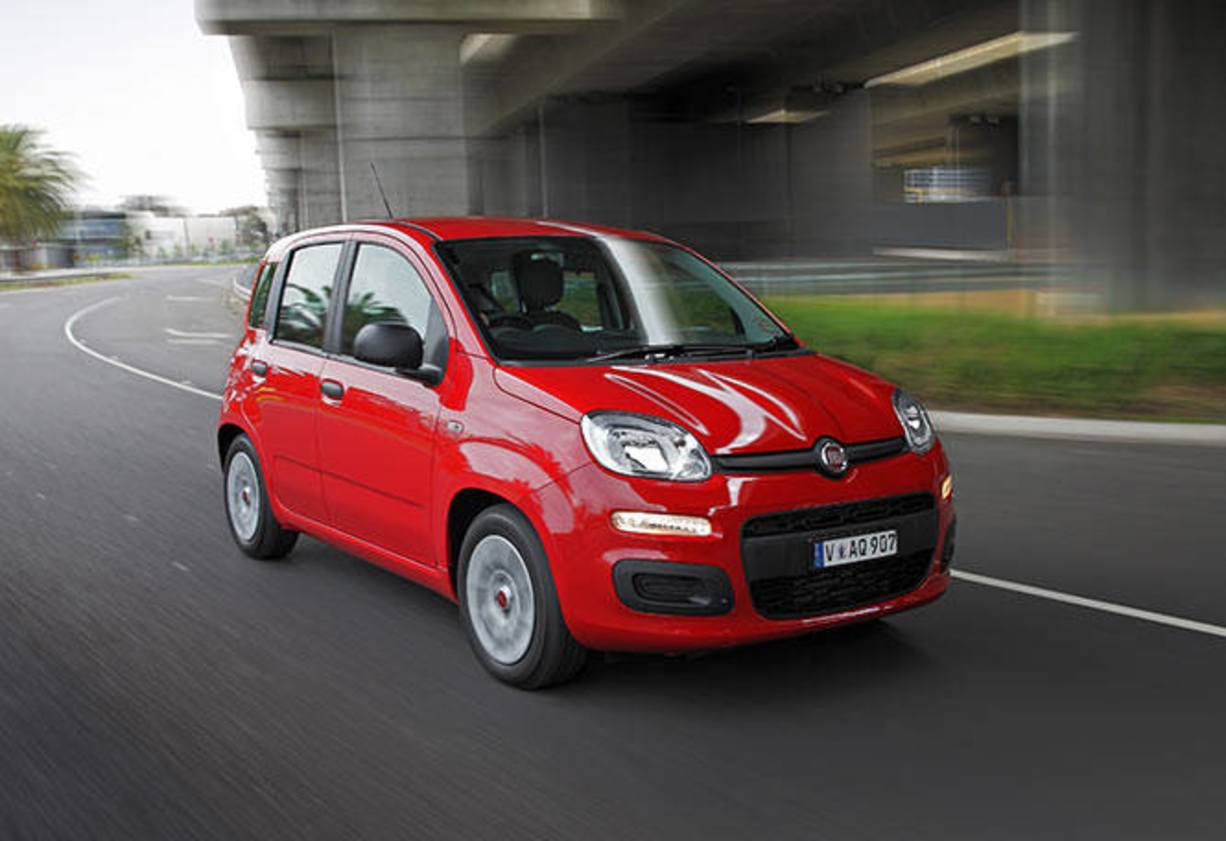
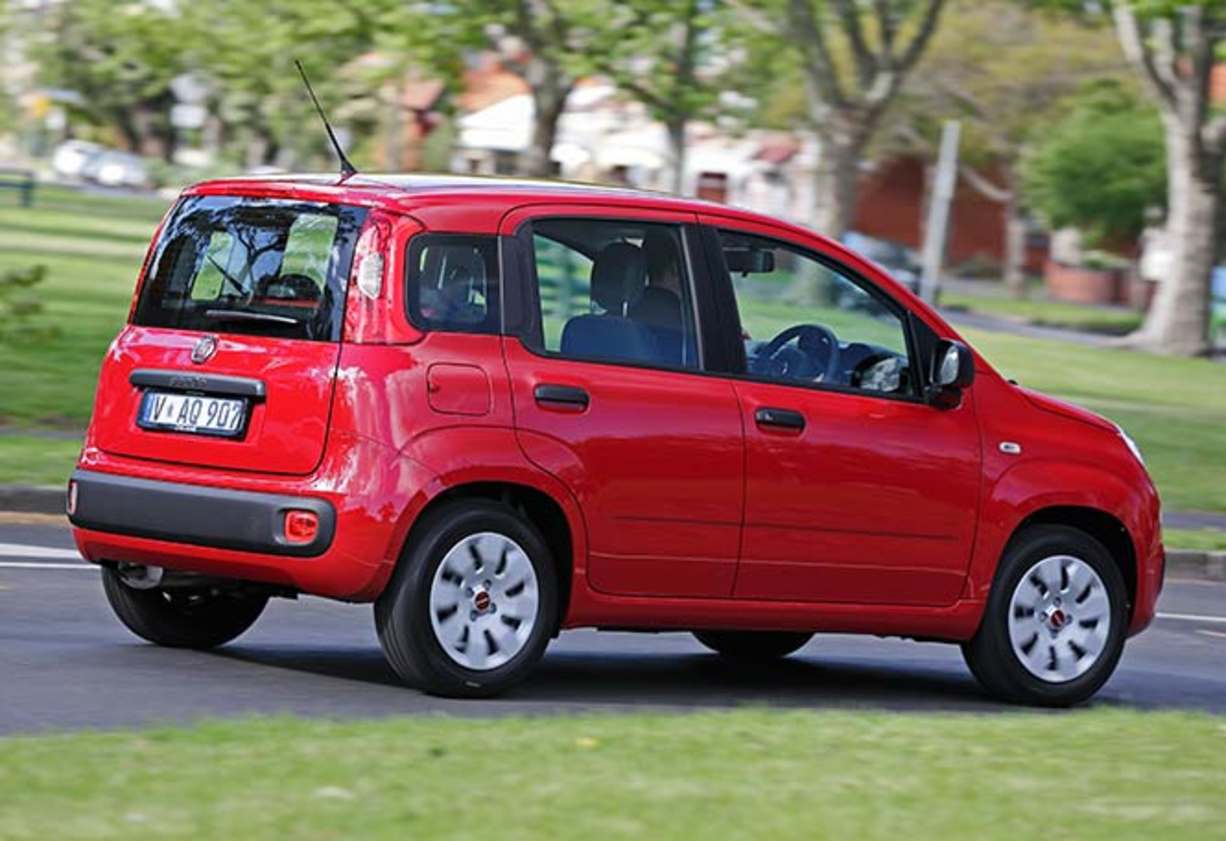

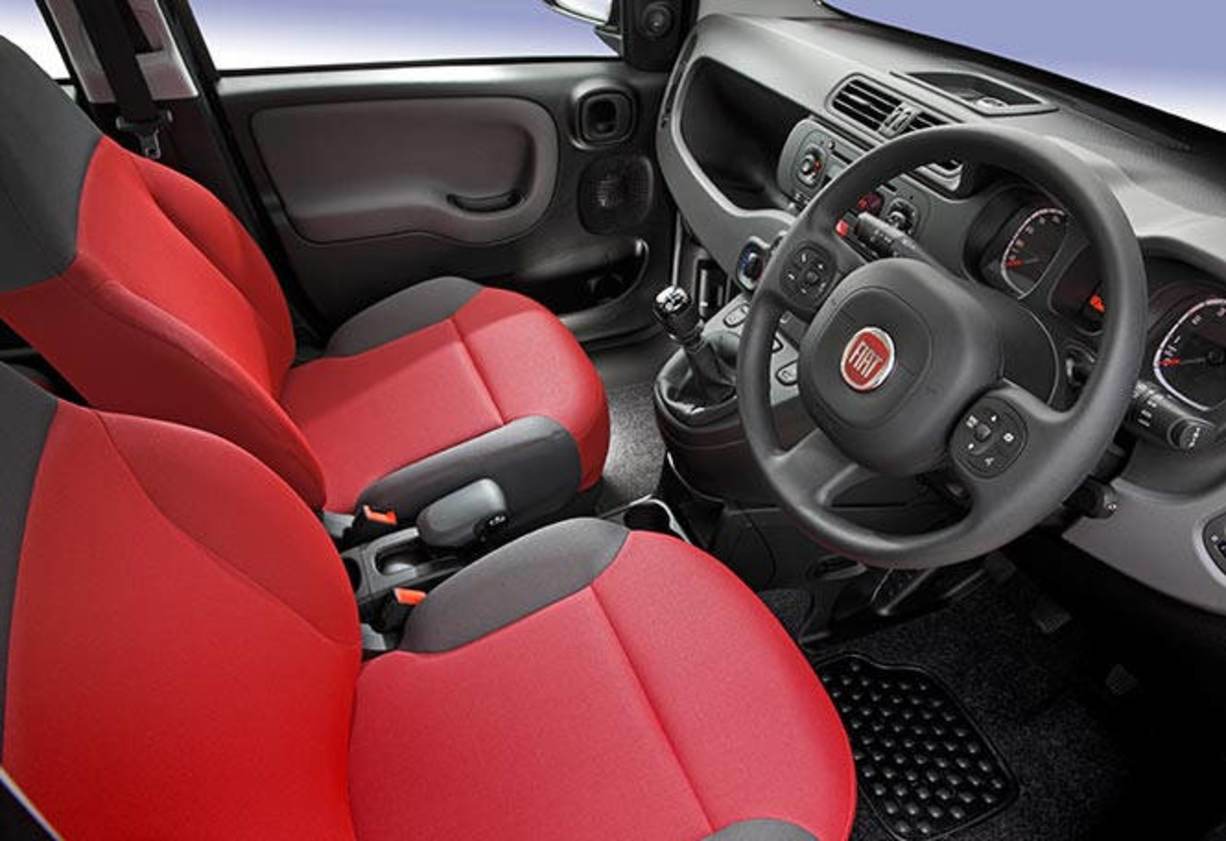
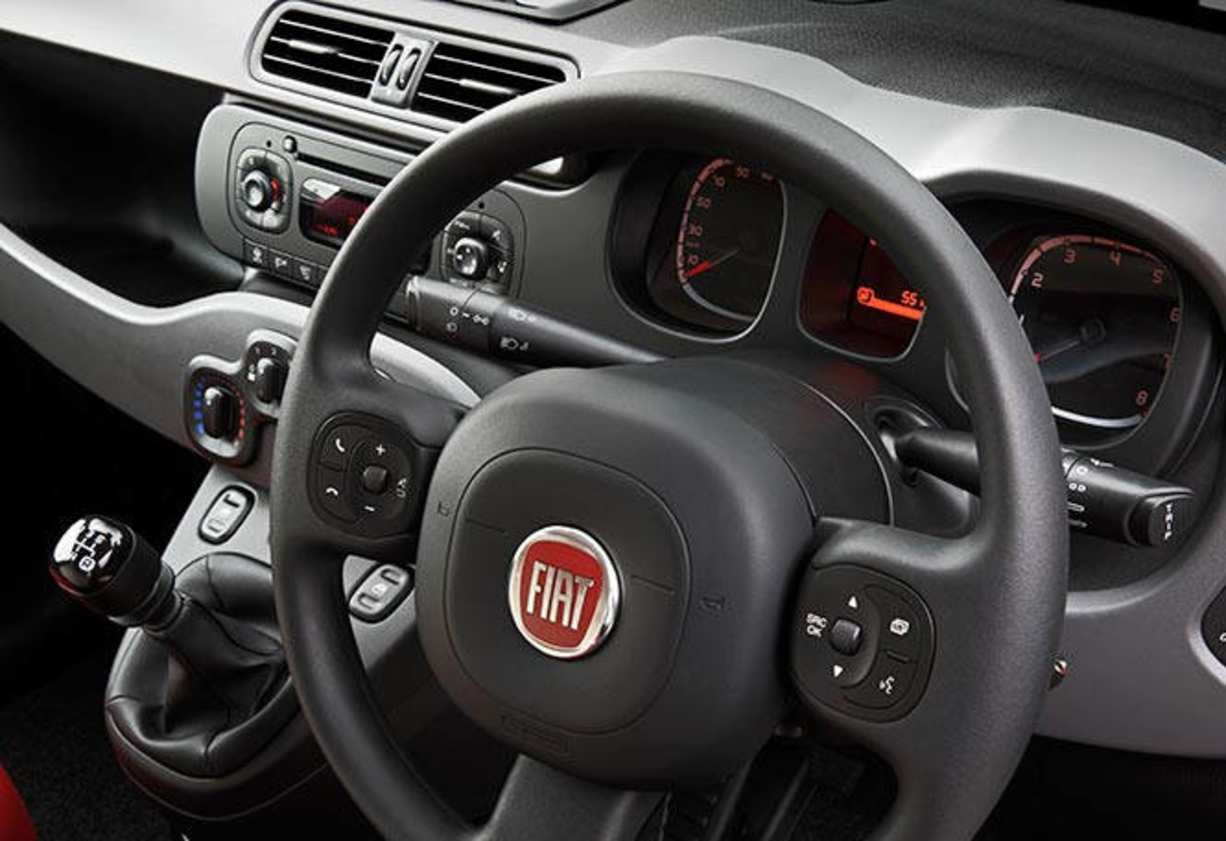






















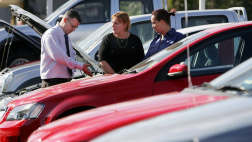
.jpg)
.jpg)


















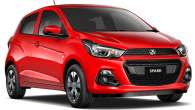
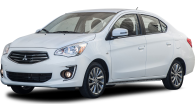






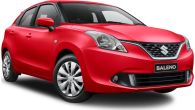





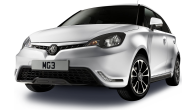

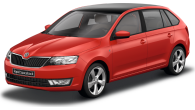





.jpg)
